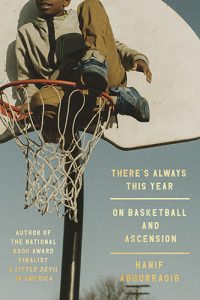The Bellingham Review – Spring/Fall 2007
Volume 30 Numbers 1 & 2
Spring/Fall 2007
Biannual
Kenneth Nichols
The Bellingham Review celebrates its thirtieth anniversary in this issue with three essays from the journal’s editors, past and present. While interesting for their historical narrative, the pieces are also a testament to the inspired, beautiful madness one must possess to start a literary periodical. At the end of the volume is an index of the pieces from Bellingham’s run (so far).
The Bellingham Review celebrates its thirtieth anniversary in this issue with three essays from the journal’s editors, past and present. While interesting for their historical narrative, the pieces are also a testament to the inspired, beautiful madness one must possess to start a literary periodical. At the end of the volume is an index of the pieces from Bellingham’s run (so far).
Mark Wisniewski’s “Stricken” is included as winner of the Tobias Wolff Award for Fiction. This story compares the random literal shock of a lightning bolt to the somewhat controllable drift between spouses. Wisniewski is efficient and lyrical, while keeping the story at the forefront.
“Photographic Memory,” a multi-part poem from Jim Natal, examines our relationship to the past as chronicled by the only faithful record we have. Even in today’s internet-backboned world, our memories are still buffeted by “The whole disposable world / seen through a viewfinder, / a transparency structured on sparks, / stop-action wingbeats / with one singled out.” Holly J. Hughes’s “Painting of John Harrison” considers the intersection of science and art and its relation to human progress.
In “School Shoes,” Deborah A. Lott presents a memoir that takes an unexpected look at the crucible of childhood. Sometimes, parents can show their love based upon what we wear on our feet.
Parents (fathers in particular) receive a different treatment in Peter Bognanni’s entertaining short story, “The Pad Man Chronicles.” The first-person narrator, the Pad Man’s daughter, must reconcile the fact that her father loves her with his sensational transgression. The first line proves this is no dry meditation: “The summer before my father was sent to Mount Pleasant Penitentiary he dressed in emerald-colored spandex and advertised carpeting on network television.”
[www.ac.wwu.edu/~bhreview]



